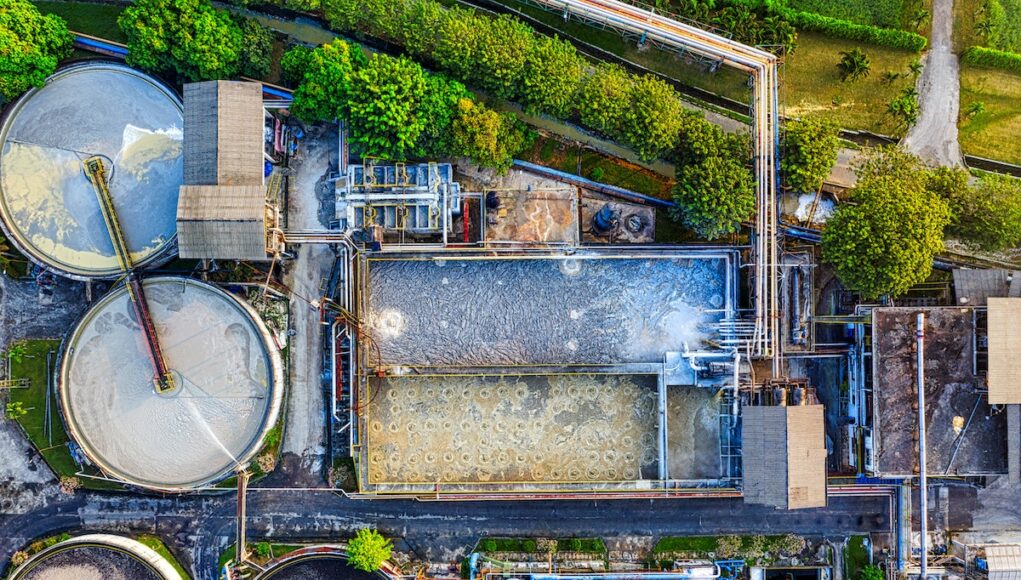When the safety of drinking water is compromised, it can lead to serious health conditions that are difficult to diagnose. Water treatment facilities are a major part of our daily lives, but accidents happen. These facilities need to take proper precautions and ensure that their employees are also well-trained in how to handle any situations that may arise. Here are some safety tips for water treatment facilities.
Table of Contents
Install Lift Station Alarm Monitoring Systems
Many water treatment facilities have lift stations, which are a critical component of any water treatment program. Lift stations are most commonly found in large cities with industrial areas. These lift stations may be programmed to give an alarm when the flow rate has reached certain low levels, and the alarm will then notify a monitoring system. This monitoring system can then notify the appropriate authorities if there is any malfunction with this particular lift station. A lift station monitoring system will streamline maintenance operations, allow for greater management over system operations, and protect the facility from potential damage to pipes and pumps. Another safety measure is ensuring everyone in the facility knows what pull stations need to be checked.
Keep Water Treatment Facility Floors Clear Of Hazards
Along with keeping the floors clear of obstructions, it’s also important to ensure no hazards on the floor. No raw material should be lying on the ground, and any chemicals should be stored in a safe location that is out of the way and has proper labeling. This will minimize any potential accidents at the facility since floors are typically easy to clean and have minimal obstacles. Consider using polyurethane coatings or overlays to extend the life of concrete floors and reduce the frequency of required repairs. These will protect your floors from corrosion and are easy to clean.
The Right Clothing & Equipment
This is related to floor maintenance since it will affect the facility’s appearance. Make sure that everyone in the facility is dressed appropriately and has all their personal protective equipment (PPE) available. Be sure to have a checklist so that you can ensure that everyone has what they need when they move from location to location. This includes things like hairnets and gloves or safety glasses.
The right equipment is also important. This includes a uniform with reflective safety stripes so everyone can be seen while on the job. A portable fire extinguisher is also important to have in the event of an emergency.
Understanding The Essence Of Maintenance
Regular maintenance is essential to keeping your facility in good shape. Regularly inspect the equipment, such as pumps and valves, and check all lines to ensure they’re clear. Ensure that each person knows how to handle any problems associated with the various station operations, such as pump or valve maintenance. This also includes checking water treatment chemicals that are used in the water treatment process. It’s smart to have hot works permits for any activities that may involve doing work near a boiler or furnace. For instance, hot works permits will help ensure that any welding or cutting is done safely so that there are no harmful sparks. Hot works permits are also helpful when you want to ensure the workspace is properly ventilated.
Chemical Storage and Handling
Making sure there are proper chemical storage and handling procedures will also help reduce the risks associated with accidents. This is especially important when it comes to chlorine and other oxidizers, which can cause serious damage to anyone with whom it comes into contact. Chemical storage and handling procedures should include storing a certain amount of chemicals per square foot in the storage racks. Make sure that the chemicals have a coolant so that they can be kept at the correct temperature, and make sure that they are labeled correctly with their storage requirements. Keep a material safety data sheet (MSDS) on all the chemicals you have in the event of an emergency so that anyone injured can quickly be sent to get treatment.
Conclusion
When it comes to water treatment facilities, the biggest priority will always be the safety and well-being of the individuals working there. Following these safety tips will increase your chances of preventing accidents, which will help protect you and your employees.















